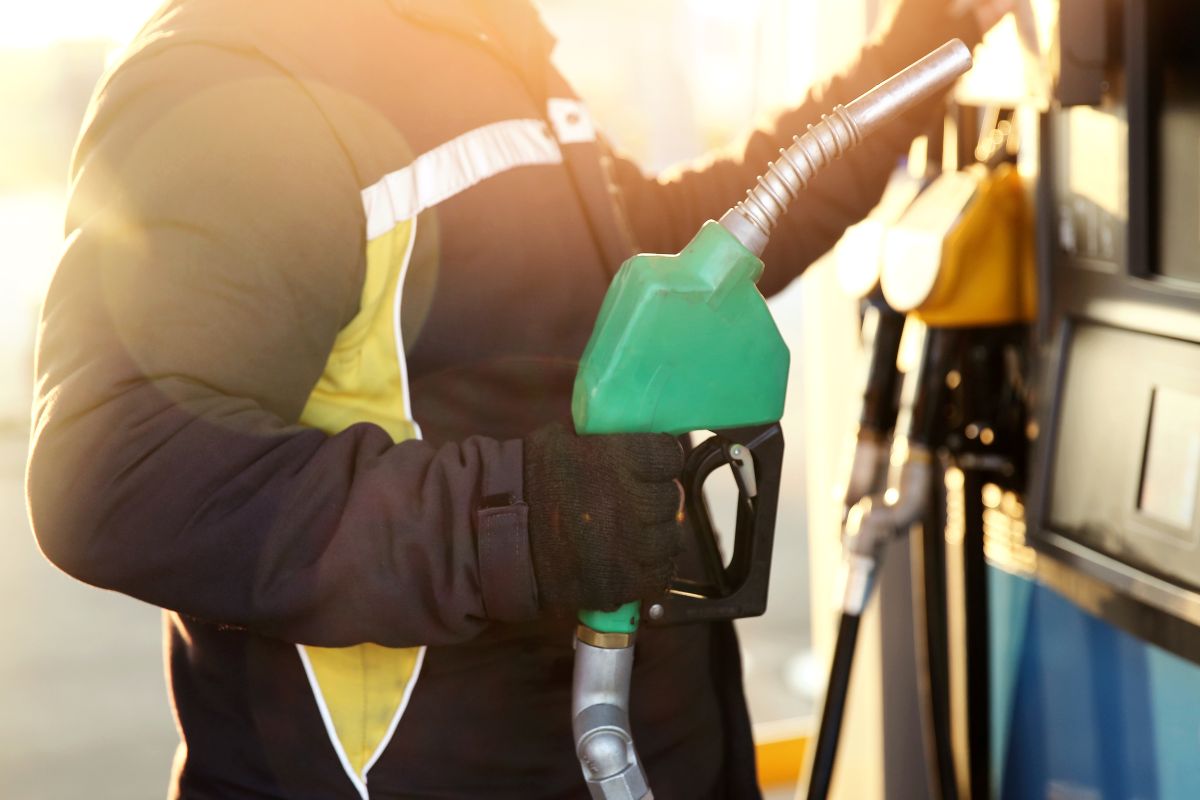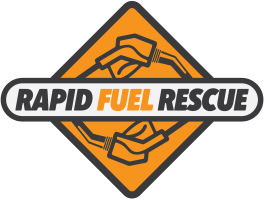
It happens to the best of us-you’re distracted at the pump, in a rush, and suddenly you realize you’ve put the wrong fuel in your car. Misfuelling is more common than you think, with someone making this mistake every few minutes in the UK alone. But what actually happens when you use the incorrect fuel, and what should you do next? This comprehensive guide explains everything you need to know, including symptoms, consequences, solutions, and prevention tips.
What Is Misfuelling?
Misfuelling means putting the wrong type of fuel-petrol (gasoline) or diesel-into your car’s tank. The two main scenarios are:
- Petrol in a diesel car (most common and most damaging)
- Diesel in a petrol car (less common, but still problematic)
Why Does Misfuelling Happen?
- Similar pump colors or labels
- Driving a new or rental car
- Distraction or being in a hurry
- Owning both petrol and diesel vehicles
What Happens When You Put the Wrong Fuel in Your Car?
Petrol in a Diesel Car
This is the most serious type of misfuelling. Diesel acts as a lubricant for the engine, but petrol is corrosive and can cause:
- Fuel pump and injector damage: Petrol strips away lubrication, leading to friction and wear.
- Engine misfiring or stalling: The engine may struggle to start or run roughly.
- Catalytic converter damage: Unburnt fuel can overheat and ruin this expensive component.
- Fuel system contamination: Petrol can corrode pipes and seals, leading to leaks and blockages.
Diesel in a Petrol Car
Less common due to nozzle size differences, but still possible. Diesel is thicker and can clog a petrol engine’s fuel system, causing:
- Clogged spark plugs and injectors
- Difficulty starting or rough running
- Smoky exhaust and loss of power
- Potential fuel system damage
Symptoms of Using the Wrong Fuel
| Symptom | Petrol in Diesel | Diesel in Petrol |
| Hard to start engine | ✔️ | ✔️ |
| Engine stalling | ✔️ | ✔️ |
| Unusual noises | ✔️ | ✔️ |
| Loss of power | ✔️ | ✔️ |
| Smoky exhaust | ✔️ | ✔️ |
| Engine misfire | ✔️ | ✔️ |
| Poor acceleration | ✔️ | ✔️ |
What to Do If You’ve Misfuelled
If You Haven’t Started the Engine
- Do not turn on the ignition.
- Inform petrol station staff.
- Put the car in neutral and move it to a safe spot.
- Call a breakdown or fuel recovery service to drain and flush the tank.
If You’ve Started the Engine
- Turn off the engine immediately.
- Move to a safe location if possible.
- Call for professional help to drain and flush the system.
- Notify your insurance provider as soon as possible.
Consequences of Driving with the Wrong Fuel
| Consequence | Petrol in Diesel | Diesel in Petrol |
| Fuel pump damage | ✔️ | |
| Injector and system damage | ✔️ | ✔️ |
| Catalytic converter damage | ✔️ | ✔️ |
| Engine wear | ✔️ | ✔️ |
| Expensive repairs | ✔️ | ✔️ |
| Reduced fuel efficiency | ✔️ | ✔️ |
Driving even a short distance with the wrong fuel can cause severe and costly damage, especially for diesel engines contaminated with petrol.
How Is Wrong Fuel Removed?
- A specialist will drain the tank using an extraction hose.
- The fuel system is flushed to remove any residue.
- Clean, correct fuel is added before restarting the car.
- The process can take from a few minutes to a few hours, depending on the vehicle.
Prevention Tips
- Double-check fuel type before refuelling.
- Use reminders or stickers near your fuel cap.
- Focus on the pump-avoid distractions.
- Consider misfuelling prevention devices, especially for diesel vehicles.
Need Help Fast? Call Rapid Fuel Rescue Now!
If you’ve accidentally put the wrong fuel in your car, don’t panic-every second counts. Our Rapid Fuel Rescue service is available 24/7 to drain, flush, and get you safely back on the road in no time. Avoid costly engine damage and unnecessary stress. Call us now for immediate, professional assistance and let our experts handle everything while you relax. Your car deserves the best-choose Rapid Fuel Rescue for a swift, safe solution!
FAQs
How much petrol is OK in a diesel car?
Even a small amount (over 3%) can cause problems. If you’ve added more, don’t drive-get it drained immediately.
How do I know if I’ve put the wrong fuel in my car?
Symptoms include engine misfire, loss of power, unusual noises, smoky exhaust, and difficulty starting.
Can I drive with mixed fuel?
It’s not recommended. Even short journeys can cause major damage, especially for diesel vehicles with petrol contamination.
How long does it take to drain the wrong fuel?
Anywhere from a few minutes to a few hours, depending on tank size and vehicle design.
What are the long-term effects of misfuelling?
Long-term effects include worn-out pumps, damaged catalytic converters, poor performance, and costly repairs.
Conclusion
Putting the wrong fuel in your car is a stressful but common mistake. Acting quickly is crucial-don’t start the engine, call for professional help, and avoid driving until the system is drained and flushed. Regularly check your fuel type, stay focused at the pump, and consider preventive measures to avoid misfuelling in the future. By following these steps, you’ll save your engine, your wallet, and your peace of mind.
Stay safe and fuel smart!
